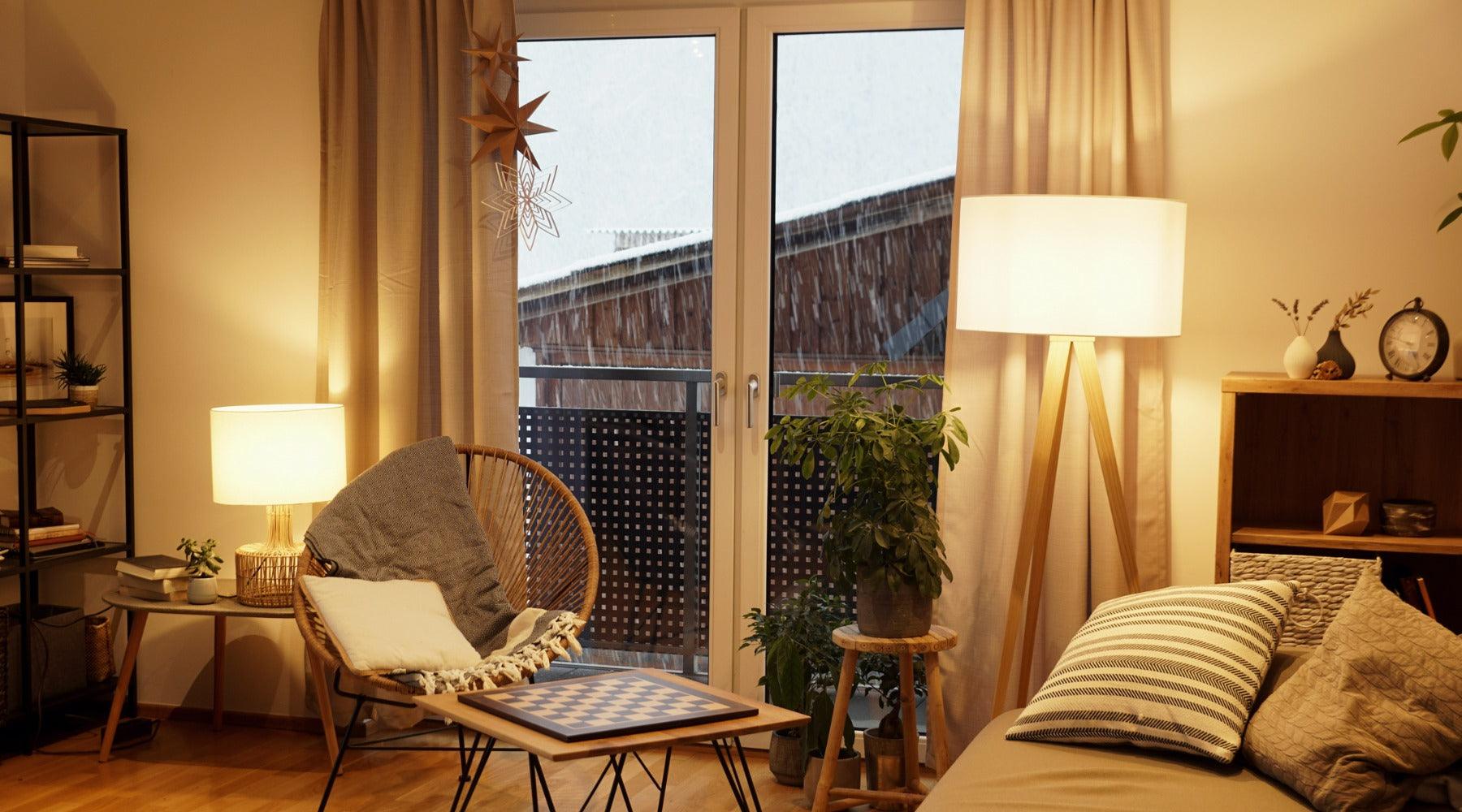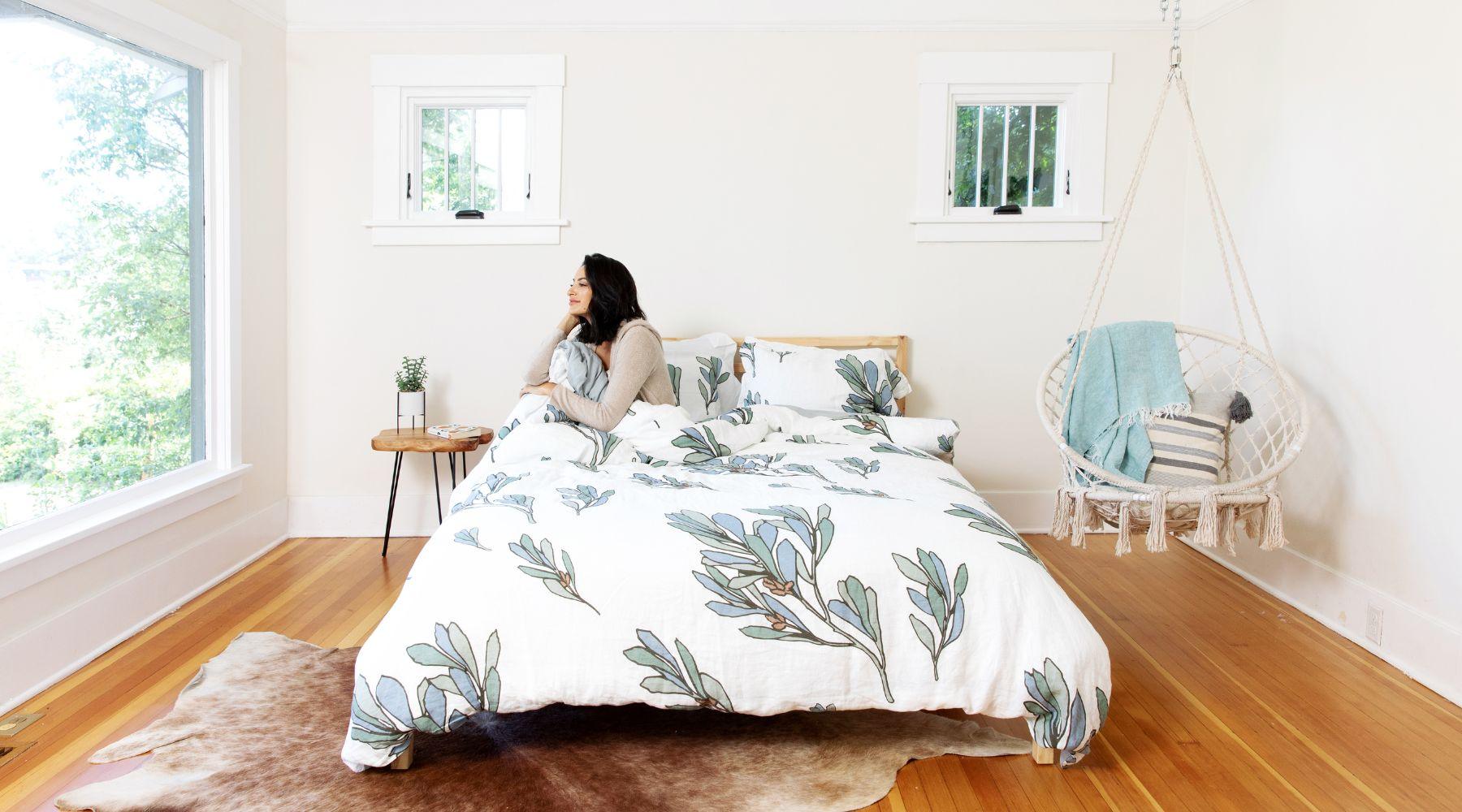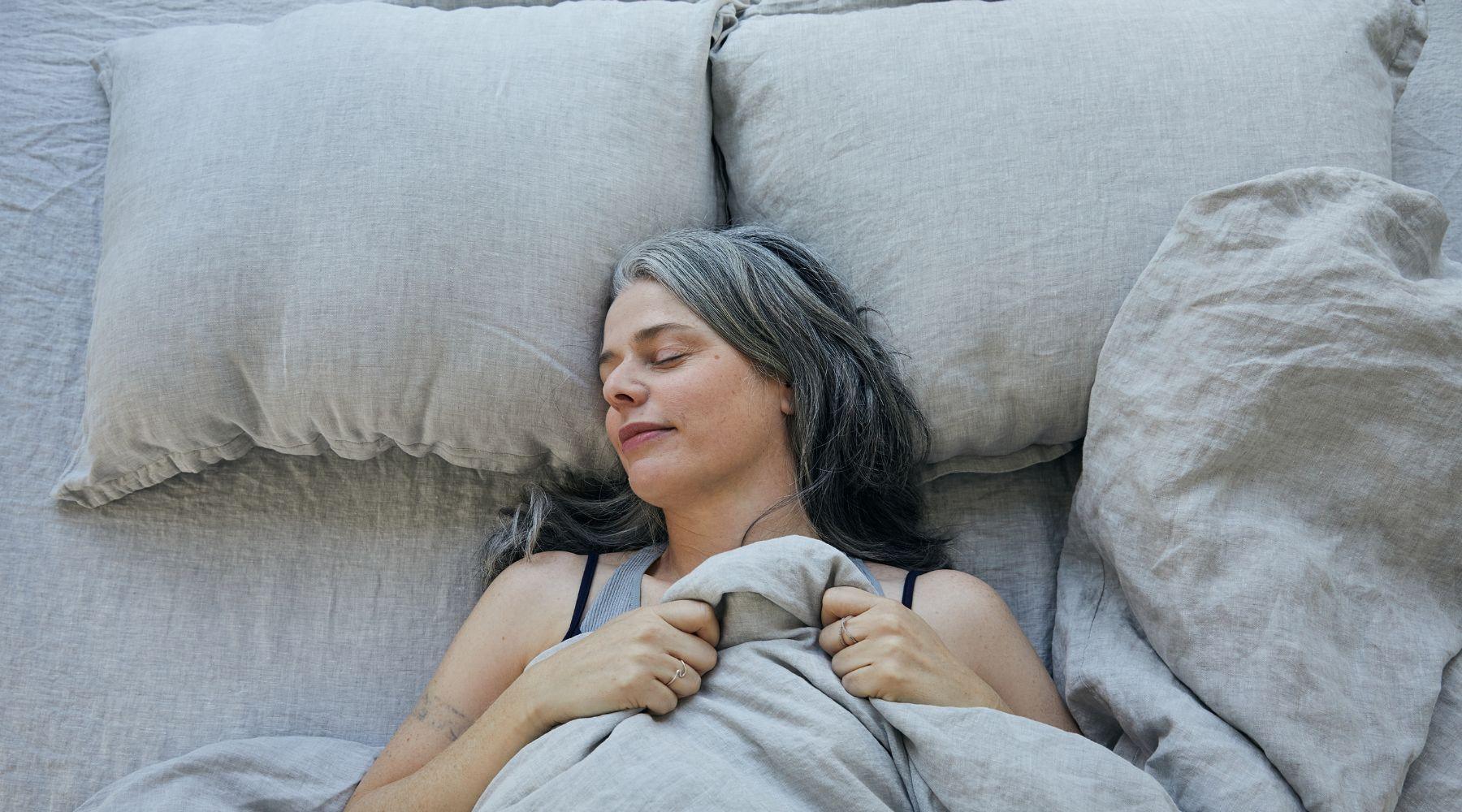
Lighting the Scandinavian Way: A Complete Guide
In Scandinavian countries, the number of dark hours greatly exceeds the number of daylight hours for several months every year. Without great indoor lighting, these darker months can be depressing—which is why Scandinavians have mastered the use of lighting to banish the winter blues.
Scandinavian lighting is all about one thing: hygge, that quintessentially Nordic feeling of warmth and coziness. In this post, you'll discover Scandi secrets to creating bright yet cozy spaces in every room of your home.
Temperature is Everything
"The closest you will ever come to seeing vampires burnt by daylight," writes Meik Wiking in The Little Book of Hygge, "is by inviting a group of Danes for a hygge dinner and then placing them under a 5,000K fluorescent light tube.
"At first, they will squint, trying to examine the torture device you have placed in the ceiling," he continues. "Then, as dinner begins, observe how they will move uncomfortably around in their chairs, compulsively scratching and trying to suppress twitches."
As this story illustrates, Scandinavians—especially Danes—take lighting very, very seriously. And arguably the most important of all lighting considerations is that of color temperature.

The color temperature of home lighting ranges from around 2,000 degrees Kelvin—roughly that of a candle—to 6,500 degrees Kelvin, about the same as daylight. According to Wiking, "the lower the temperature of the light is, the more hygge." This may explain why the average Dane burns 13 pounds of candles a year!
When choosing electric lightbulbs, avoid going higher than 2,700K in temperature: that's the upper limit on the hygge scale. Color temperature should be consistent throughout the home, so avoid mixing 2,000K bulbs with 2,700K ones. If you want the best of both worlds, go for a smart bulb such as the Philips Hue White Ambiance—you can adjust the color temperature from a hyggeligt 2,200K to a bright 6,500K for fiddly tasks such as cooking and cleaning.
Staying in the Shade
Except for dim, filament-style bulbs, it's unlikely you'll ever see a naked bulb in a Scandinavian home—it makes everything look lifeless and very un-hyggeligt.
"A flat blanket of light will not enliven a room," writes Swedish design blogger Frida Ramstedt in The Interior Design Handbook. "A well-directed beam of light can be as effective as a painted wall when it comes to creating a sense of distinct and separate spaces."
To create a cozy, Scandinavian-style space, it's important to understand how the type of shade affects how light is distributed. Ramstedt describes three types of lighting: direct, indirect (e.g. creating light by bouncing off a wall), and diffused. Direct, directional lighting is best for tasks such as reading and working; indirect and diffused lighting helps create atmosphere.

Pay attention to materials; a dark and/or opaque shade will create a more directional light, whereas a lighter, translucent shade will create an ambient glow. Having a mixture of shades works well but combining opaque shades can cause unintentional shadows, so think carefully about where to put these. A good place for two opaque shades is on either side of the bed to create atmosphere in the bedroom—the perfect complement to The Modern Dane's Scandinavian-style duvet covers!
Find Inspiration From Famous Danish Lighting Designers
A great lighting fixture is like jewelry for your space, and no one understands that better than Danes. Below are some famous Danish lighting designers from whom you can take inspiration when designing your space.
- Poul Henningsen (1894-1967). Often known simply as PH, the world-renowned designer created the PH5 and Artichoke pendant lamps.
- Verner Panton (1926-1998). Though perhaps better known for his chairs, Panton also created memorable lighting, such as the VP Flowerpot and VP Globe.
- The Klint family. From Peder Wilhelm Jensen-Klint to Kaare Klint and the various designers who have worked under them, this family pioneered pleated and folded paper lamps with the Model 1, later expanding into The Lantern, The Sax, and their best known: Model 172.
- Louise Campbell (1970-). From her Louis Poulsen Collage pendant lamp to her “More the Merrier” candlestick for Muuto, Campbell has established herself as a contemporary Danish designer to watch.
Although he’s neither Danish nor technically Scandinavian, famed Finnish designer Alvar Aalto (1898-1976) is also worth a look for his daring designs, such as the Beehive and the A808 floor lamp.

How Many Lights Do I Need—And Where Do I Put Them?
"Usually, several smaller lamps around the room create a more hyggeligt light than one big lamp set in the ceiling. You want to create small caves of light around the room."
So says Meik Wiking. But considering how expensive high-end lighting can be, it's good to know exactly how many lights you need, what type of fixtures you need, and where to put them.
Fortunately, Frida Ramstedt has some insights. "A good start is to plan on every room having between five and seven lighting points," she writes.
Of these five to seven lights, Ramstedt adds that you should have at least one from each of these four lighting categories:
- General lighting, a.k.a. a ceiling light
- Task lighting: a reading lamp or desk lamp
- Spot lighting: accent lighting directed at a picture or other decorative object
- Atmospheric or decorative lighting: small lamps, string lights, or candles
These lights should be evenly distributed around the room, as well as varying in height. To balance out the lighting intensity, consider investing in a smart lighting system or dimmable bulbs to get the atmosphere just right.
Perfect Scandinavian lighting deserves the perfect Scandinavian-style duvet covers to pair it with. The Modern Dane's organic linen duvet covers are made ethically from European flax grown in France, Belgium, and the Netherlands, and constructed in accordance with Scandinavian principles of functionality, durability, and sustainability, as advocated by our Danish founder.
Which of these tips will you be putting into practice? Do you own any Scandinavian lamps? Let us know on Instagram, Pinterest, Facebook or Twitter!








